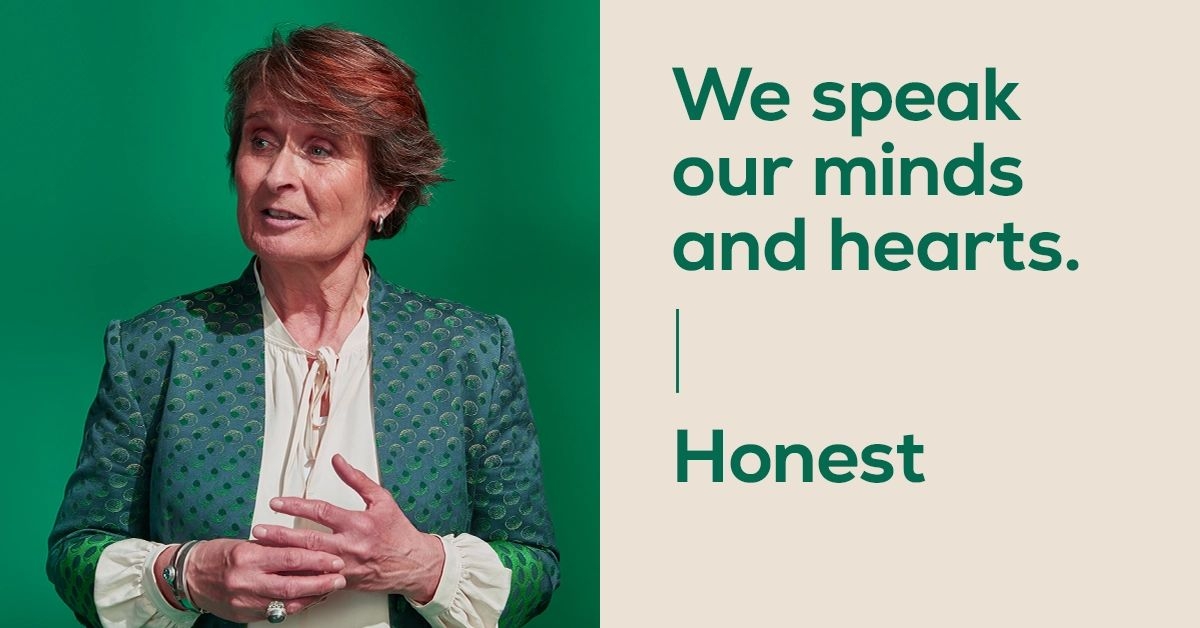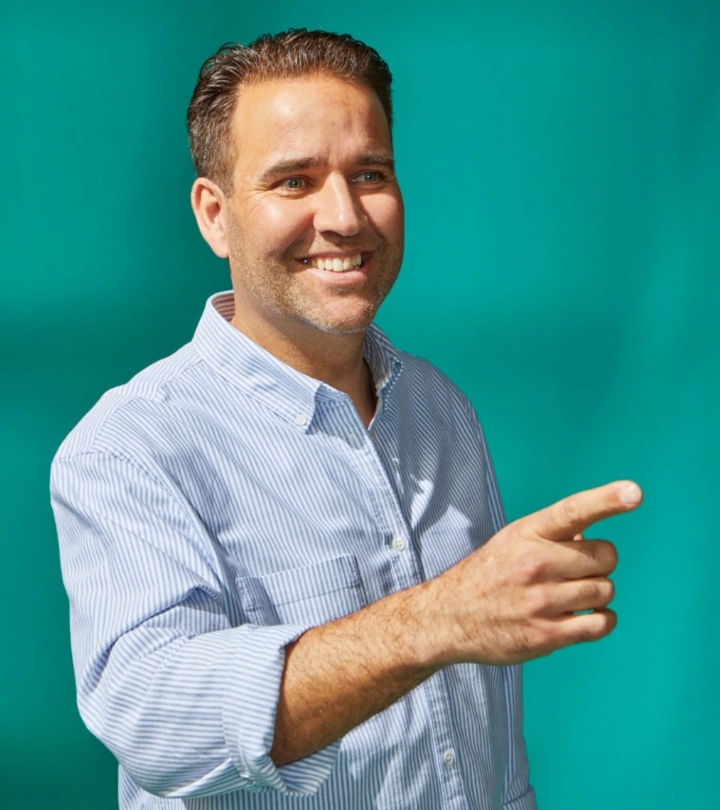Preventing Knowledge Drain: How to Retain Knowledge Within Your Organization
The last wave of baby boomers may be retiring, but according to the Dutch Central Bureau of Statistics (CBS), the number of people over 65 will continue to rise in the coming years. This retirement wave is expected to last until 2040. How can organizations prepare for this shift and adjust their HR policies accordingly? Pim Boterman, Business Lead Interim Services at worldofwork™, outlines five ways to soften the impact of an aging and shrinking workforce.

1. Set up a solid knowledge management system
A knowledge management system helps prevent valuable expertise from being lost when experienced employees leave your organization. In such a system, you can document not only business processes but also best practices. What method or technique works best in a certain situation? And how do you apply it? This way, new generations don’t have to reinvent the wheel. Be sure to include lessons learned in the knowledge base as well—this kind of practical insight can make a real difference for clients.
Make sure the knowledge base is easily accessible for employees, through your intranet and internal collaboration platforms. And just as important: encourage experienced employees to contribute and support them in doing so. With the right process in place, a lot of knowledge can already be captured using familiar tools like Microsoft OneNote. Many HR systems also offer ways to store and share knowledge. Tools like Notion or ClickUp are great for organizing information, while more specialized knowledge management systems include Personio.
2. Build a culture of knowledge sharing
A knowledge management system alone isn’t enough. To prevent knowledge from walking out the door, you need to make knowledge transfer part of your company culture. A mentorship program is a good example—pair experienced employees with junior or new hires. An onboarding app like Appical can support this by connecting newcomers with both a senior and a buddy.
Pairing new and existing employees is not only a fun way to learn in practice, it also helps experienced staff feel valued. Organizing knowledge-sharing sessions, workshops, or informal gatherings where seasoned employees can share their expertise also helps foster a culture where knowledge transfer is second nature.
Recognizing those who actively contribute to knowledge-sharing initiatives through bonuses, certificates, or public recognition, makes participation even more appealing.
3. Practice succession management and set up knowledge transfer programs
Which roles and positions are critical to your organization? And when should you start thinking about succession? Mapping this out early ensures you won’t be caught off guard when employees in strategic roles retire. It allows you to plan ahead and create onboarding and training programs for successors, guided by the very people they’re replacing.
Also, ask retiring or departing employees who they see as their ideal successor, they often already have a protégé in mind. And don’t skip exit interviews: they’re a valuable opportunity to capture key expertise for your systems and knowledge transfer programs.
4. Make sharing knowledge easy and enjoyable
Multimedia and modern technologies lower the barrier for knowledge sharing. Think how-to videos, step-by-step apps to guide new employees, and smart systems that use AI and machine learning to extract insights from documented knowledge and experience.
Digital collaboration platforms also make it simple for employees to share knowledge and connect with one another. Today’s digital natives expect nothing less. They want to use the same intuitive digital tools at work as they do in their personal lives.

5. Build a talent pool
No matter how well you manage knowledge transfer and succession, there will always be moments when you urgently need someone with specific skills. That’s why it’s smart to create a talent pool; a clear overview of employees who are capable of stepping into key roles. This could be in areas like HR, IT, or project management.
And don’t limit yourself to your internal team: expand your talent pool with applicants, freelancers, or interim professionals who can quickly step in when needed.
Goodbye knowledge, hello new ideas
There’s also another side to this story: losing knowledge isn’t always a bad thing. It can create space for innovation, new ideas, fresh perspectives, and updated policies. Just make sure this new knowledge is properly documented. And remember: the world won’t end if you can’t ask that one go-to expert a specific question anymore.
We will reach out to you as soon as possible
